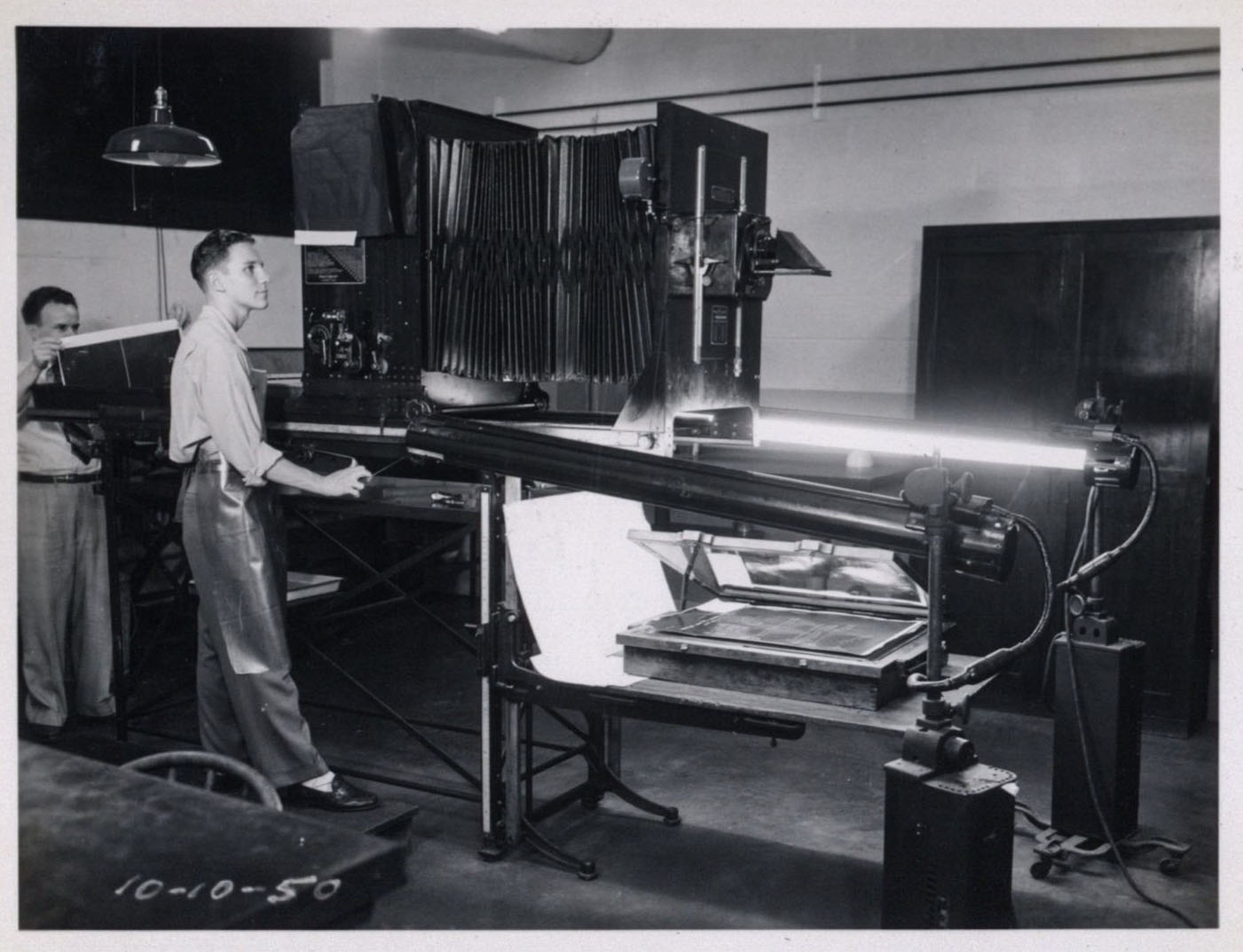The Records
At a broad level, the collection documents the social, economic, and political functions of company culture. In contrast, it provides details about the complex technical creation of Hamilton products through blueprints, drawings, photographs, and research reports. Though the collection spans just over a century, the majority of the records were created between 1920-1960.
Scientific American, Vol. 108. Munn & Company, 1913. P 368.
As I got to know Hamilton, I started to think of them as the Kodak of watch-making. Magazines from the late 19th and early 20th centuries validated this impression, with Kodak and Hamilton advertisements often appearing next to each other. From photographing products to photo-forming metal watch parts, I observed that a spectrum of photographic processes were integral to Hamilton’s research, development, and production of timepieces. This is in part due to the era in which they functioned as a company but it also reflects the iterative and exploratory nature of design and engineering work. As someone with a life-long photographic love affair, this aspect really piqued my interest. In fact, I happened to come across some correspondence between Kodak and Hamilton. Both companies were interested in developing a metal alloy for escapement springs and timing fuses. Time and photography intersect in so many ways, and I intend to explore this further in the future.
When I started, the collection had been triaged and housed in 47 record cartons, which were filled with large white envelopes bearing vague and inconsistent lables. No one knew exactly who imposed the initial organization but I formed the impression that they: were not an archivist, knew a lot about technical horology, and tried to retain the order in which items were salvaged (which made me think: maybe this person was a seasoned archives user)? In any case, the order and descriptions were both challenging and informative. Similarly, the range of physical formats posed preservation challenges, yet, the condition and format of an item was telling of it’s creation and purpose.
I found the multiplicity of technical drawings to be the most intriguing, especially for the precision, mathematics, and attention to detail necessary to produce them. One of the most fascinating things was being able to see the evolution of a watch part from a rudimentary hand drawn sketch, to the finalized blueprint. In many ways, they may even be regarded as artworks, especially because the majority of engineering and design work is no longer produced by hand.










